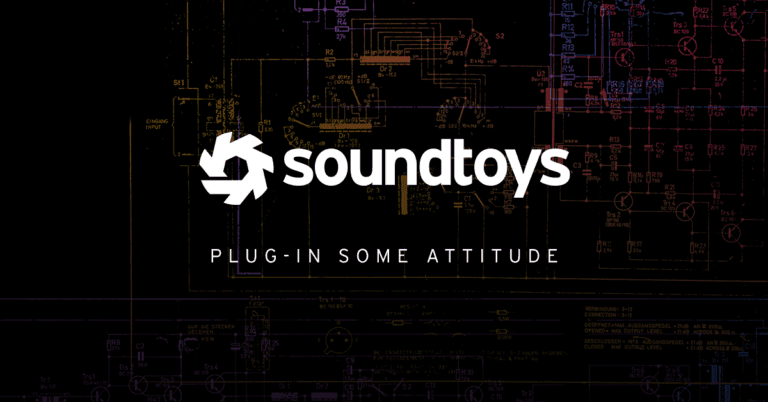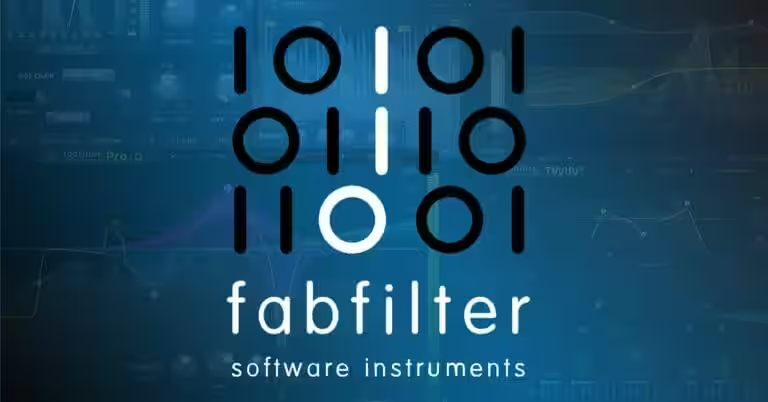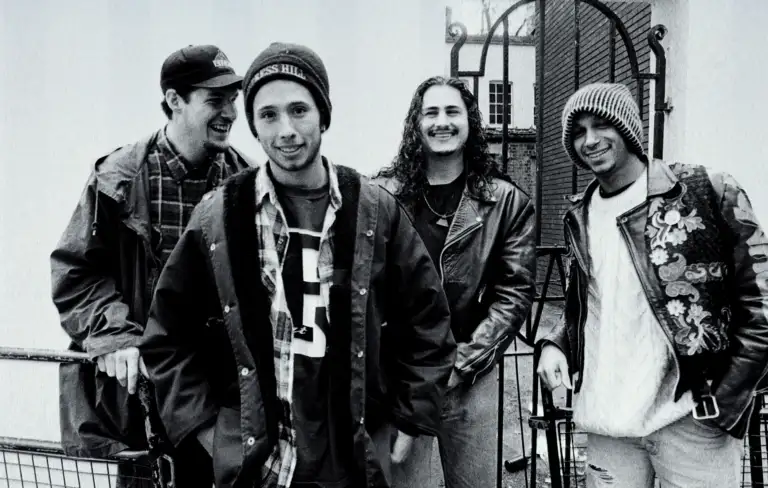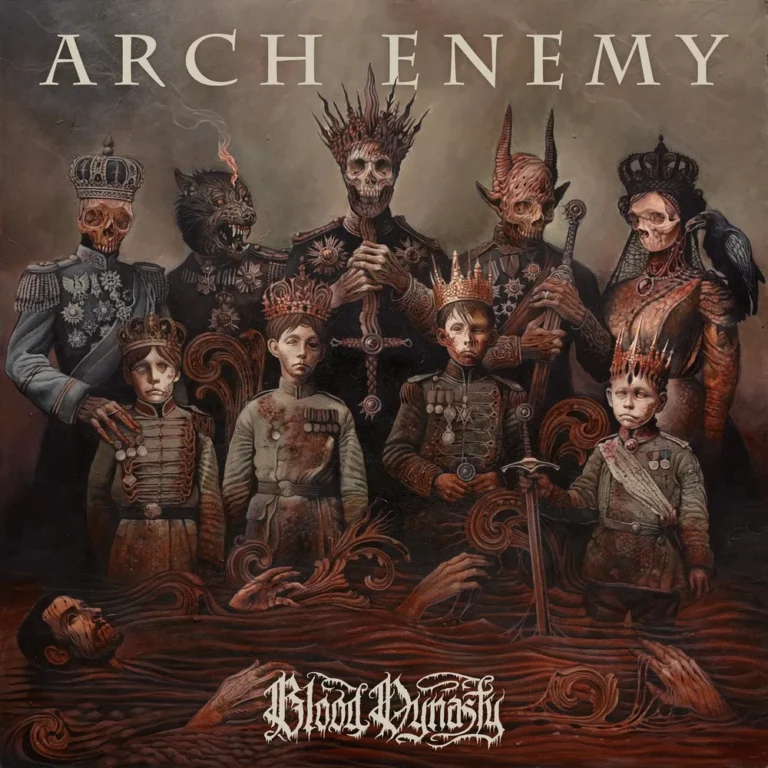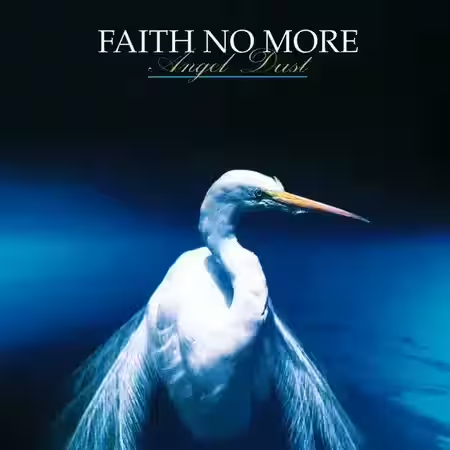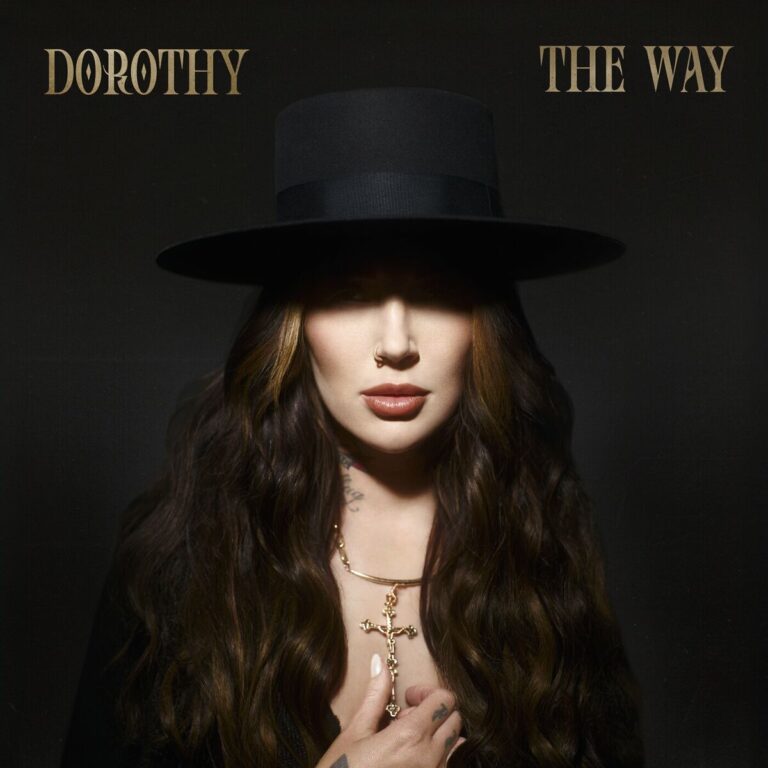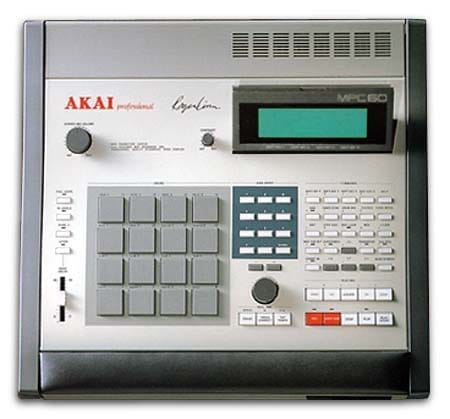
Few music technologies have had as much cultural and creative impact as the MPC (Music Production Center). Created by Akai Professional, the device changed how music is made, recorded, and played live. Its combination of sampling, sequencing, and hands-on performance made it essential for producers, musicians, and DJs. It became integral in many genres, including hip-hop, R&B, electronic, and pop. Its influence is still felt in the music industry today.
The Birth of the MPC
The MPC story began in the late 1980s. Akai Professional was known for samplers like the S900 and S1000. They aimed to create a user-friendly device that merged sampling and sequencing. They hired Roger Linn, the creator of the LinnDrum drum machines, to design the MPC. This collaboration resulted in the first the MPC60 which was launched in 1988.
Key Features of the Original MPC60
The MPC60 was an important device that introduced key features which shaped the product line for many years:
- 16 Velocity-Sensitive Pads: The rubber pads allow easy sample playback and beat programming, providing expressive dynamics with velocity sensitivity.
- Sampling Ability: The MPC60 allowed users to sample audio and assign it to individual pads for triggering.
- Built-In Sequencer: The MPC60 included a powerful sequencer. It can record and playback sequences of MIDI and sampled data with impeccable timing.
- Swing and Groove Controls: Producers use quantisation with adjustable swing. This allowed them to add a human feel to their beats. This feature became synonymous with the MPC.
- Standalone Design: Unlike many other samplers of the time, the MPC60 was an all-in-one production device. It didn’t need extra hardware or computers.
Evolution of the MPC Line
1. MPC60 (1988)
The original MPC60 quickly became popular, especially in hip-hop. It was favored for its sampling, sequencing, and beat humanising features. These qualities made it a top choice for producers like DJ Premier, Pete Rock, and Marley Marl.
2. MPC3000 (1994)
The MPC3000, created by Roger Linn, improved the MPC60 with better sampling rates, more memory, and enhanced MIDI features. It became a key tool in studios and was used by famous producers like J Dilla.
3. MPC2000 (1997)
The MPC2000 was more affordable, allowing more people to use it. It had a screen that made sample editing easier. It became an important tool for hip-hop and electronic music in the late ’90s.
4. MPC2000XL (1999)
The 2000XL improved on its predecessor. It introduced features like time-stretching, resampling, and more outputs. These enhancements make it a top choice for hip-hop producers.
5. MPC4000 (2002)
With 24-bit sampling, hard disk recording, and strong MIDI capabilities, the MPC4000 was the most powerful model available. It served professional studios and producers seeking quality sound and customisation options.
6. MPC1000 and MPC2500 (2005)
These models focused on independent musicians and small studios, providing a compact and affordable design without losing functionality.
7. Standalone Revolution: MPC Live and MPC X (2017)
The MPC Live and MPC X introduced a new era for the product line. These standalone devices merged the hands-on feel of classic devices with modern touchscreen controls. They added advanced features. This removed the need for a computer.
8. Modern Updates: MPC One and MPC Key 61 (2020s)
Recent models like the MPC One and MPC Key 61 offer standalone use. They feature high-quality touchscreens. They also give easy connection with digital audio workstations (DAWs).
The Ethos of the MPC
The MPC focuses on creativity, simplicity, and musicality. Its user-friendly interface and strong sequencing tools allow musicians to make music in real time, merging composition, performance, and production.
Key aspects of the MPC’s values include:
- Accessibility: The MPC made music production easier by providing a full studio experience in one device.
- Creativity First: Its hands-on interface encouraged experimentation, making it a favorite for producers looking to push creative boundaries.
- Genre-Defining Innovation: The MPC became synonymous with groove-based production, inspiring entire genres like hip-hop, trip-hop, and electronic music.
Famous MPC Producers and Tracks
1. J Dilla
Legendary producer J Dilla is one of the most famous users of the MPC. His influential album “Donuts” (2006), made mainly on an MPC3000, highlighted his unique, soulful beats that changed hip-hop production.
2. Kanye West
Kanye West used the MPC2000XL to make popular songs. These include “Through the Wire” and “Jesus Walks.” He mixed soul samples with modern beats.
3. DJ Shadow
DJ Shadow’s album “Endtroducing” (1996) was created mainly with an MPC60. It is known as the first fully sample-based album. It is also a key work of instrumental hip-hop.
Successes of the MPC
The MPC is successful because it is used in many music styles and can change with new trends. Some key successes include:
- Shaping Hip-Hop: It is a key tool for hip-hop production, shaping the genre’s sound and process.
- Cross-Genre Appeal: While synonymous with hip-hop, the MPC also found a home in electronic music. It is used in pop and experimental music as well. This is possible thanks to its versatility.
- Live Performance: The MPC’s real-time capabilities made it a favorite for live performances. Artists used it to trigger samples on stage. They also manipulated beats during their performances.
Failures and Challenges
The MPC had some successes, but it also faced several challenges:
- Competition from DAWs: Digital audio workstations like Pro Tools and Ableton Live pose a challenge. They have threatened the relevance of standalone hardware like the MPC.
- Missteps in the Early 2000s: Some models, like the MPC5000, received mixed reviews. They were considered overly complex. These models strayed from the simplicity that made the MPC popular.
- Shift to Software: Akai introduced software-based MPC solutions. Yet, early iterations lacked the hands-on feel of the hardware. This frustrated loyal users.
The Cultural Impact of the MPC
The MPC is more than just technology; it’s a cultural trend. It allowed a generation of musicians to find innovative ways to create music. Musicians mixed the roles of producer, composer, and performer. Its influence can be seen in:
- The Rise of Sampling: The MPC made sampling a popular art form, allowing producers to reuse and change existing music.
- A Tool for Expression: The MPC’s pads became a canvas for musical expression. They allowed artists to create intricate rhythms and melodies.
- Inspiration for Modern Gear: The MPC’s design influences modern hardware and software design. This includes products like Ableton Push and Maschine by Native Instruments.
Conclusion: The Enduring Legacy of the MPC
For over thirty years, the MPC has been essential in music production. It has kept up with new technology while staying true to its focus on creativity and accessibility. The MPC stands as a symbol of innovation and artistry. It is used from home studios to major concert stages. This makes it one of the most iconic tools in music production history.











